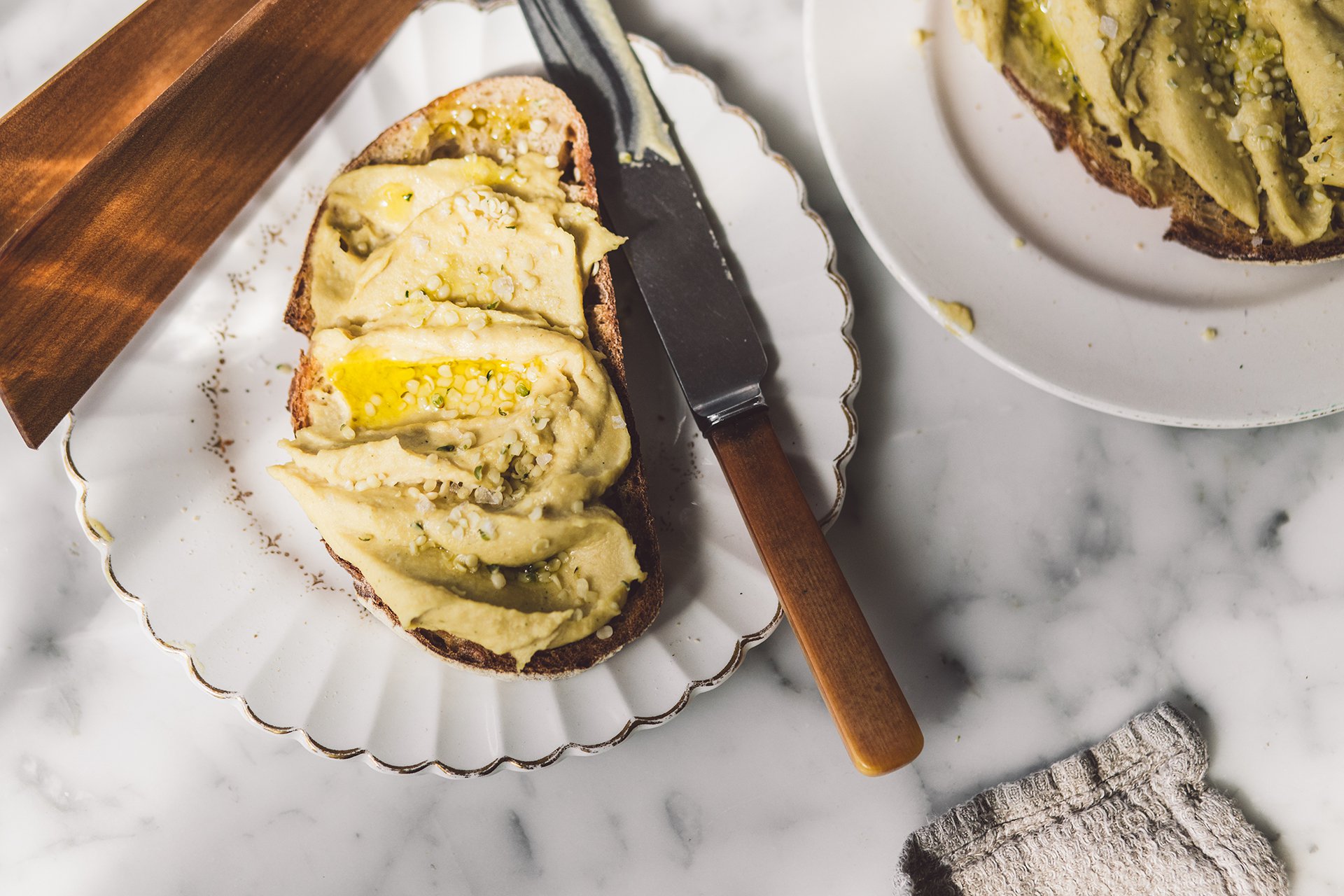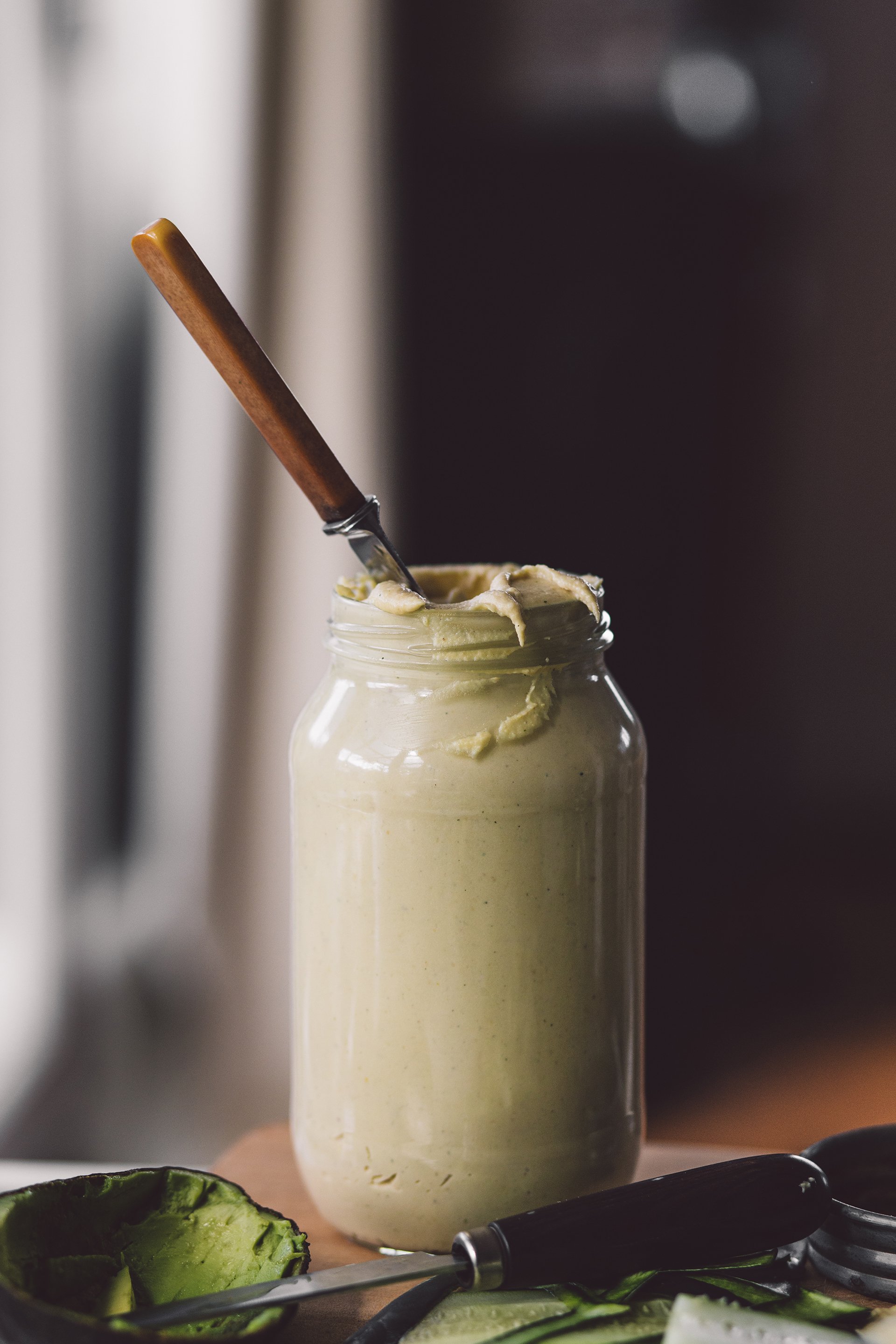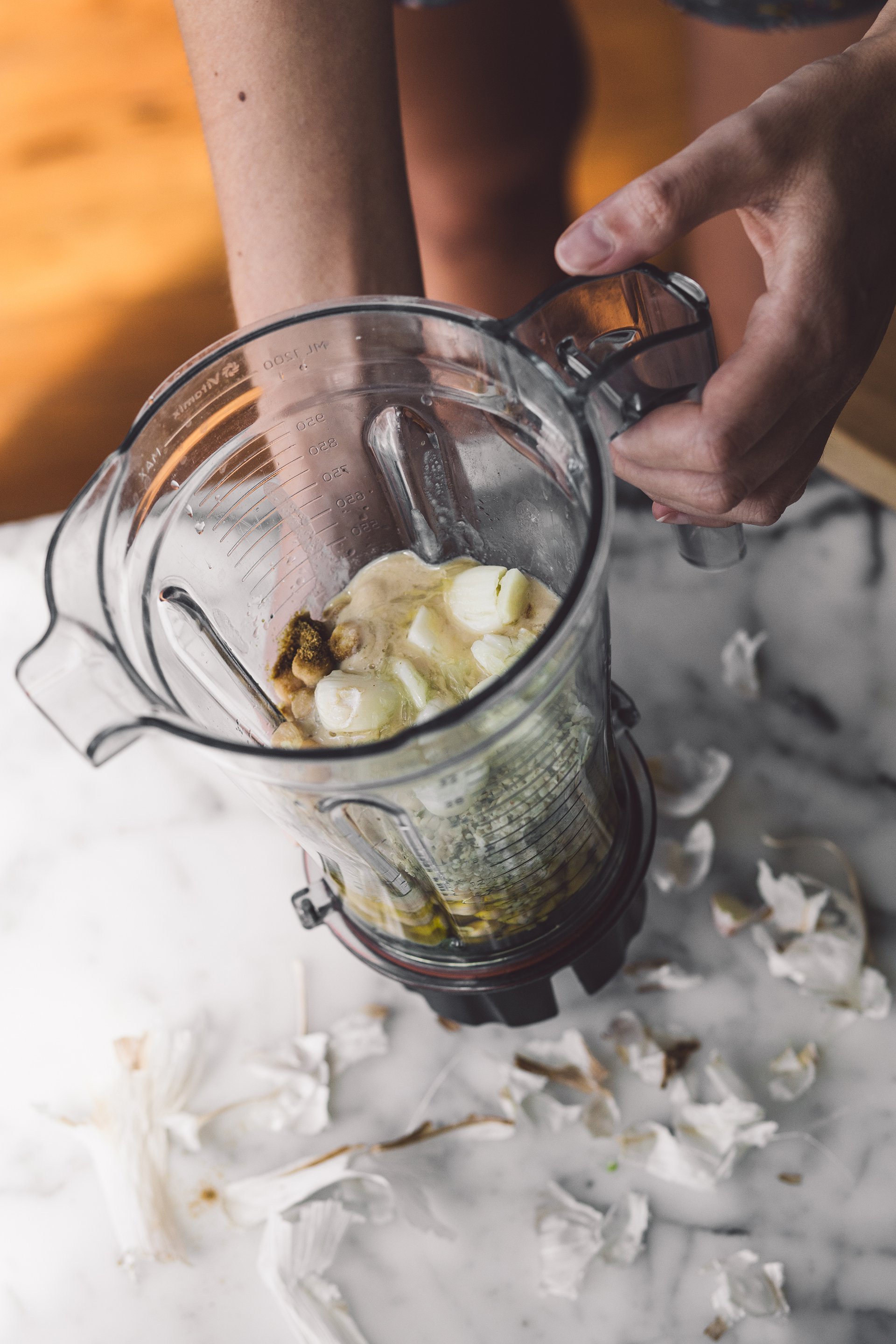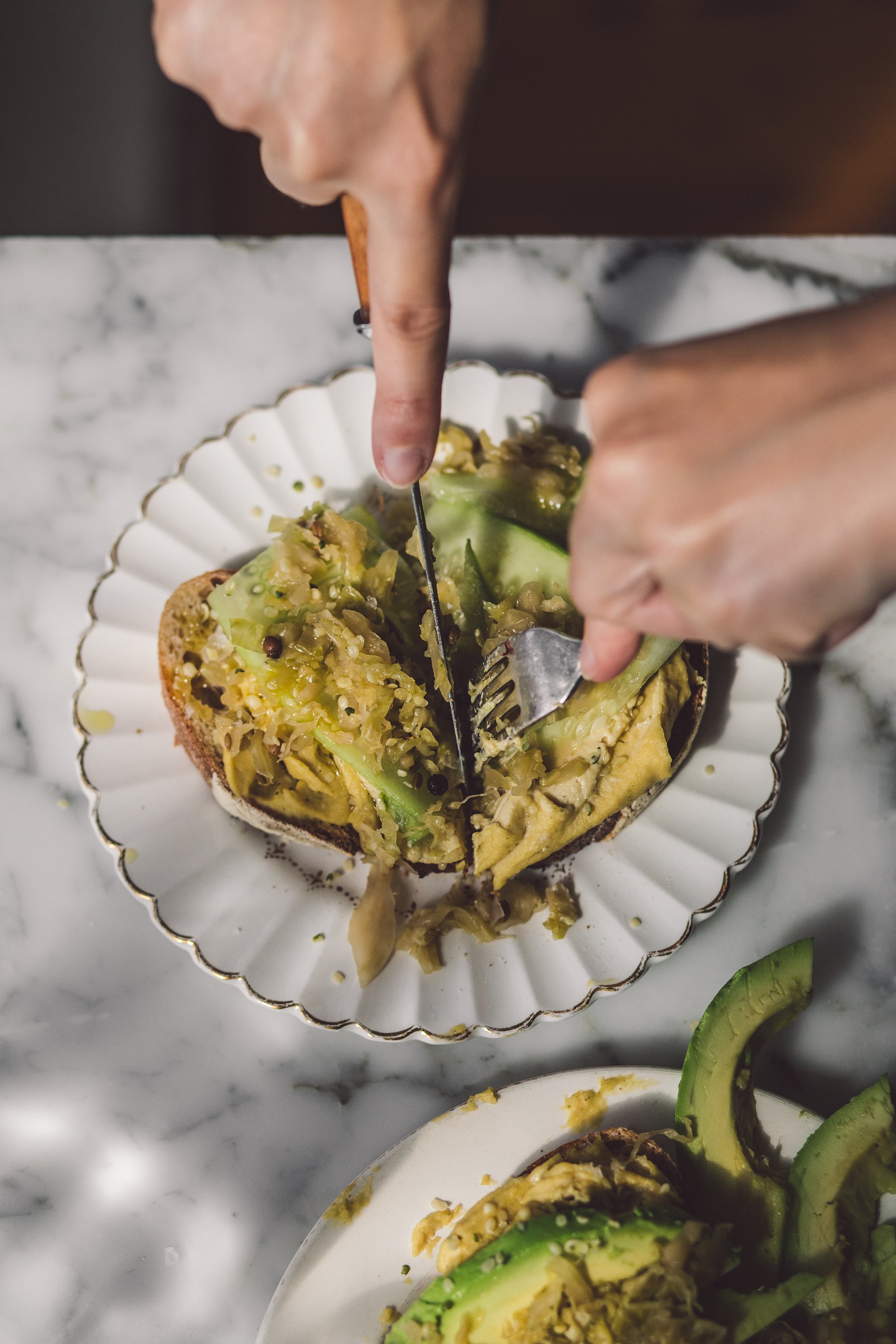How to make the best homemade hummus, five tips to fail-proof your hummus
Few mistakes can turn your hummus into a flunked dip. Below is a compilation of what we learnt from our past errors, in addition to tips to create the best homemade hemp seeds hummus.
Buy chickpeas in bulk. It's not a secret; we mostly buy our food in bulk from GoodFor store — you can read our interview with founder James Denton here, and we encourage you to purchase in bulk where possible. We are buying dried chickpeas and soaking them overnight rather making hummus from canned chickpeas ; it is more cost-effective. I also tend to find hummus made from dried chickpeas creamier with a more vibrant flavour than canned. And dried chickpeas also contain less salt than canned varieties.
Soak the chickpeas. If you have the time and remember in advance, soak your chickpeas overnight, a good eight hours in filtered water. Add 3 cups of water for 1 cup of dried chickpeas, using a large bowl because chickpeas will triple in size. However, for Benoit and I, the necessity of soaking chickpeas overnight is also the first reason why we fail to prepare homemade hummus; we always forget to soak them in advance! So here is another tip for a quick soak. For 1 cup of dried chickpeas, boil 3 ½ cups of filtered water and let the chickpeas soak in for one hour.
Cook the chickpeas. With dried chickpeas, you need to cook them after the soaking, draining and rinsing steps. In our house, that cooking step brought some dramatic moments. Taking quite a long time to prepare, often someone would forget there were chickpeas on the stove and with the water evaporating, the entire pot of chickpeas would ruthlessly burn; and the pot with them. Never the house, though.
The method to avoid unfortunate chickpea loss is the following. In a large pot on high heat, add 3 cups of filtered water for 1 cup of soaked chickpeas. Cover and bring to a boil, then turn heat to low and simmer for approximately one hour and a half. My best advice is to set a thirty minutes timer, to compel yourself on checking the water level every thirty minutes. If the water is down to the chickpeas, add a little bit more, so they always stay submerged. Keep the water simmering, not boiling, or the chickpeas will overcook and break. After one hour and a half of cooking, and three alarms on, chickpeas will be ready for blending.
Also, tender chickpeas make smoother, creamier hummus. To achieve that extra softness, cook the chickpeas with the pot lid on but slightly shifted, a bit opened, to allow the steam to vent.










